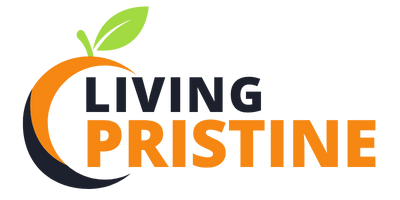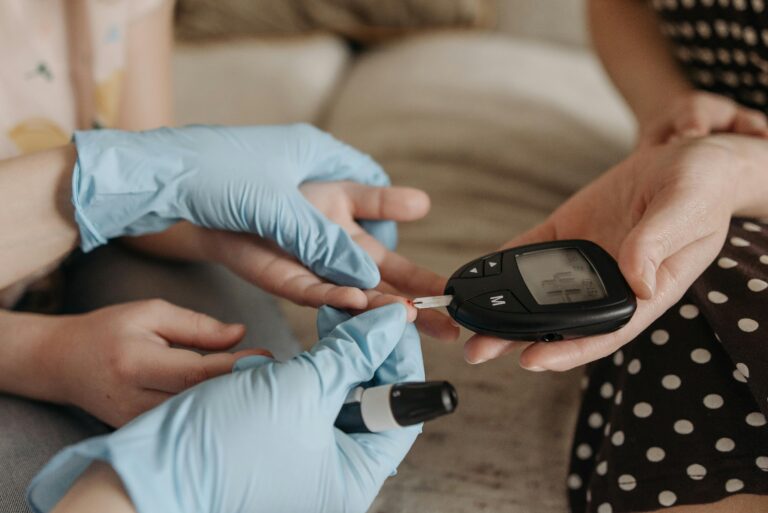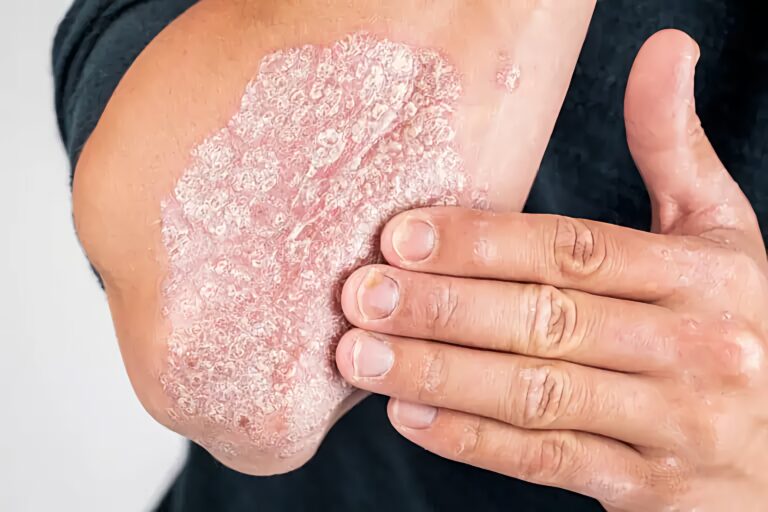Understanding the Different Types of Vasectomy Procedures

A vasectomy is a minor surgical procedure designed to provide permanent male contraception. This outpatient surgery involves cutting or blocking the vas deferens, the tubes that carry sperm from the testicles. Men choose this procedure for various reasons, including completed family planning or as a reliable form of birth control. Understanding the different vasectomy techniques available helps men make informed decisions about their reproductive health.
No-Scalpel Vasectomy Technique
The no-scalpel vasectomy represents the most commonly performed technique today. Developed in China and refined over decades, this method uses a specialized instrument called a dissecting forceps instead of a traditional scalpel to access the vas deferens. The surgeon makes a small puncture in the scrotum using the pointed forceps, then stretches the opening to reach the vas deferens. This approach reduces bleeding, bruising, and post-operative pain compared to conventional methods.
The no-scalpel technique also minimizes the risk of infection and allows for faster healing. Recovery time with this method typically ranges from three to seven days for most activities. Patients often experience less swelling and discomfort, making it an attractive option for men seeking minimal disruption to their daily routines. The absence of sutures in many cases further streamlines the healing process.
Conventional Scalpel Method
The conventional scalpel method involves making one or two small incisions in the scrotum to access the vas deferens. This traditional approach has been performed for decades and remains effective for permanent sterilization. During this procedure, the surgeon uses a scalpel to create openings in the scrotal skin, then locates and isolates each vas deferens. The tubes are cut, and a small section may be removed. The surgeon then seals the ends using various techniques such as cauterization, surgical clips, or by removing a segment of the tube.
This method may result in slightly more post-operative discomfort and a longer recovery period compared to the no-scalpel technique. Patients typically need sutures to close the incisions, which dissolve on their own over time. Despite these differences, the conventional method maintains high effectiveness rates and serves as a reliable option for permanent contraception.
Vas Occlusion Techniques
After accessing the vas deferens through either method, surgeons employ different techniques to block or seal the tubes. These approaches affect the procedure’s reversibility and long-term outcomes. Cauterization involves using heat to seal the cut ends of the vas deferens, creating scar tissue that blocks sperm passage. This method provides reliable closure but may make reversal procedures more complex due to tissue damage.
Fascial interposition involves placing a small barrier of tissue between the cut ends of the vas deferens. This technique reduces the likelihood of the tubes reconnecting naturally, a rare occurrence known as recanalization. Some surgeons remove a small segment of each vas deferens, creating a gap between the ends. This approach further reduces the chance of natural reconnection. The removed tissue may be sent for examination to confirm the procedure’s completion.
Learn More About Vasectomy Procedures
Selecting the appropriate vasectomy technique depends on several factors specific to each patient. The no-scalpel method offers advantages for men prioritizing minimal discomfort and faster recovery. Those with certain anatomical considerations may benefit from specific approaches. The choice between techniques often comes down to surgeon preference and experience, as both methods provide reliable, permanent contraception when performed properly.
- What to Expect When Visiting a Foot and Ankle Specialist
- Causes of PTSD
- The Link Between Plantar Fasciitis and Weight Gain: What You Need to Know
- How Pet Ownership Can Positively Impact Life with Fibromyalgia
- The Importance of Stretching and Flexibility in Sports Medicine
Dr. Emma Green is a health and wellness expert with over 10 years of experience in nutrition and fitness. Passionate about helping others live their healthiest lives, Dr. Green shares practical advice on wellness, nutrition, and sustainable living through LivingSpristine.






